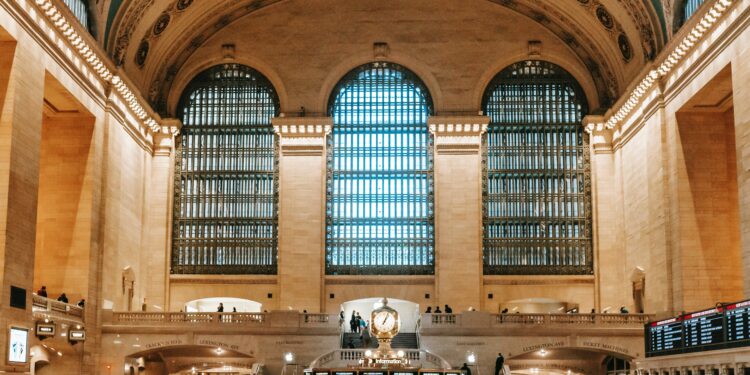The canvas of American history is painted with bold strokes, and among its defining moments, the Great Depression stands as a stark, indelible image. During the tumultuous 1930s, the United States found itself ensnared in an economic quagmire of unprecedented proportions. It was amidst this chaos that Franklin D. Roosevelt emerged as the 32nd President, bringing with him the audacious vision of the New Deal. However, beneath the surface of this groundbreaking initiative lay a tapestry of controversies that would forever alter the nation’s socio-economic landscape.
The Dire Precipice of the Great Depression
The Great Depression, an economic cataclysm triggered by the stock market crash of 1929, plunged the nation into an abyss of unemployment, poverty, and despair. As the nation grappled with the consequences of economic freefall, Franklin D. Roosevelt assumed office in 1933, inheriting a nation on the brink of collapse. Faced with the monumental task of resurrecting the American Dream, FDR unveiled his masterstroke—the New Deal.
The New Deal: A Beacon of Hope or a Controversial Gambit?
The New Deal was a multifaceted set of programs, policies, and reforms aimed at reviving the economy, providing relief to the unemployed, and reforming the financial sector. While it is often hailed as a beacon of hope during a dark period, it was not without its controversies.
One of the primary bones of contention was the unprecedented expansion of federal power. Critics argued that FDR’s New Deal marked a departure from the traditional limited role of the federal government, infringing on the principles of individual freedom and states’ rights. This ideological clash set the stage for enduring debates about the appropriate balance between government intervention and personal liberty.
The Second New Deal and Social Security: A Radical Shift
The Second New Deal, introduced in 1935, marked a radical shift in FDR’s approach. It embraced more assertive government involvement, with the introduction of social welfare programs like Social Security. While the Social Security Act aimed to provide a safety net for vulnerable citizens, it ignited a firestorm of debate. Critics contended that such programs amounted to government overreach, creating a culture of dependency that contradicted the ethos of self-reliance.
Labor Relations: The Wagner Act and the Formation of the CIO
FDR’s support for organized labor was another controversial aspect of the New Deal. The Wagner Act of 1935, which protected workers’ right to organize and bargain collectively, emboldened the labor movement. Simultaneously, it antagonized business leaders who saw it as an intrusion into their ability to manage and operate without interference. The creation of the Congress of Industrial Organizations (CIO) further intensified tensions, leading to strikes and industrial unrest.
Critics argued that the pro-labor stance of the New Deal favored certain interest groups at the expense of others, exacerbating class divisions and undermining the principles of a free-market economy.
Legacy and Reflections
As we reflect on the era of FDR’s presidency and the controversies surrounding the New Deal, it becomes apparent that history is a tapestry woven with complexity. FDR’s unprecedented interventionist policies undoubtedly helped lift the nation from the depths of economic despair, but they also left an indelible mark on the American political landscape.
The controversies surrounding the New Deal persist in modern political discourse, serving as a touchstone for discussions about the role of government, individual freedoms, and economic equity. FDR’s legacy, like the New Deal itself, remains a nuanced and contested chapter in the annals of American history—a testament to the intricate dance between power, ideology, and the pursuit of a more perfect union.












Recent Comments